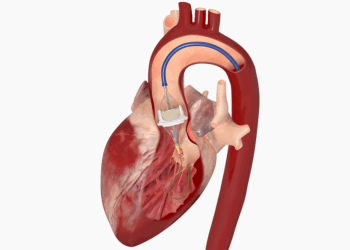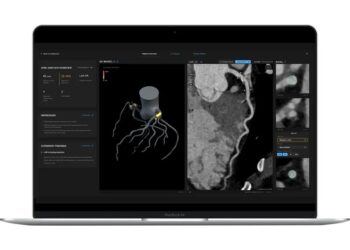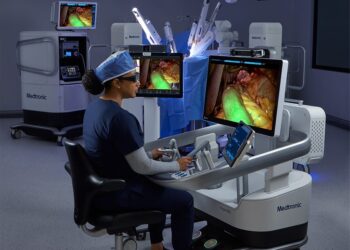# Smarter, Not Bigger: The Architectural Brilliance of Mixture-of-Experts
For the past several years, the narrative around Large Language Models (LLMs) has been dominated by a simple, powerful idea: bigger is better. We’ve witnessed a relentless arms race in parameter counts, scaling from millions to billions, and now trillions. This pursuit of scale has undeniably unlocked staggering capabilities, but it has also led us to a computational precipice. The costs—in terms of both training compute and inference latency—are becoming unsustainable.
This brute-force approach of building ever-larger “monolithic” models is hitting a wall. The innovation we need now isn’t just about adding more layers; it’s about fundamentally rethinking the architecture. This is where the Mixture-of-Experts (MoE) paradigm is emerging as one of the most significant architectural shifts in modern AI. MoE isn’t a new concept, but its recent, successful application in models like Google’s GLaM and Mistral AI’s Mixtral 8x7B marks a pivotal moment. It’s a move from brute force to intelligent specialization.
### The Core Idea: From Generalist to Specialist Team
Imagine you have a complex problem. You could hire one supremely knowledgeable but overworked generalist who has to process every single detail of the problem. Or, you could assemble a team of world-class specialists—an economist, a physicist, a historian, a linguist—and a project manager who intelligently routes parts of the problem to the most relevant expert.
This is the core intuition behind MoE. Instead of a single, massive feed-forward network (the generalist), an MoE model is composed of two key components:
1. **A number of smaller “expert” networks:** These are typically standard feed-forward networks, each with its own set of parameters.
2. **A “gating network” or “router”:** This is a small, nimble network that examines the input (at a token level) and decides which expert(s) are best suited to process it.
For each token that flows through the model, the gating network dynamically selects a small subset of experts (often just two) to activate. The outputs of these chosen experts are then combined. All other experts remain dormant, consuming no computational resources for that specific token. This is the magic of **sparse activation**.
### The Decoupling of Parameters and Compute
The true brilliance of the MoE architecture lies in its ability to decouple a model’s total parameter count from its computational cost (measured in FLOPs, or floating-point operations).
In a traditional “dense” model, every single parameter is engaged to process every single token. This means if you double the parameters, you roughly double the FLOPs required for inference. The model’s size and its computational cost are tightly coupled.
MoE shatters this coupling. A model like Mixtral 8x7B, for example, has eight distinct experts. While its total parameter count is around 47 billion (after accounting for shared parameters), the model is architected so that for any given token, only two of the eight experts are activated. The result is a model with the vast knowledge and nuance of a ~47B parameter model, but with the inference speed and computational cost of a much smaller ~13B parameter dense model.
The implications are profound:
* **Vastly increased capacity:** We can build models with trillions of parameters that store an immense amount of knowledge without making them prohibitively slow or expensive to run.
* **Faster training and inference:** By only activating a fraction of the network, both training and inference are significantly more efficient than a dense model of equivalent parameter count.
* **Specialization:** Experts can learn to specialize in specific domains or functionalities—one might become adept at processing code, another at poetic language, and another at logical reasoning.
### The Road Ahead: Challenges and Opportunities
Of course, MoE is not a free lunch. The architecture introduces its own set of engineering challenges. Training can be unstable, requiring sophisticated load-balancing techniques to ensure all experts receive a balanced amount of training data and don’t become over- or under-utilized. Inference, while computationally cheaper, has a larger memory footprint, as all expert parameters must be loaded into VRAM.
Despite these hurdles, the Mixture-of-Experts architecture represents a clear and compelling path forward. It breaks the linear scaling paradigm that has defined the last generation of LLMs. The future of AI will not just be measured by raw parameter count, but by the intelligence and efficiency of its architecture. By embracing specialization and dynamic computation, MoE proves that the smartest path forward is not always the biggest one. It’s about making our models work smarter, not just harder.
This post is based on the original article at https://www.therobotreport.com/amr-experts-weigh-global-challenges-opportunities-industry/.






















